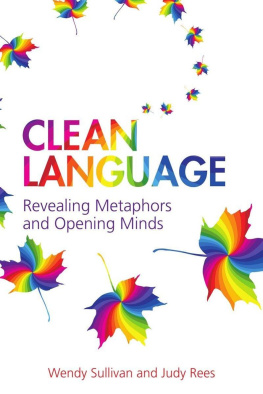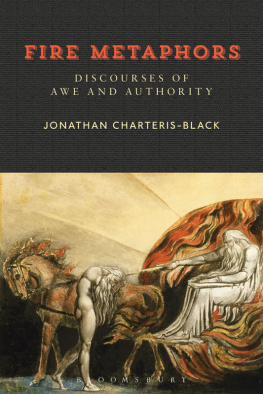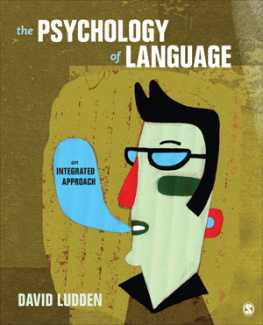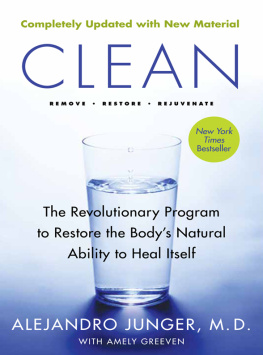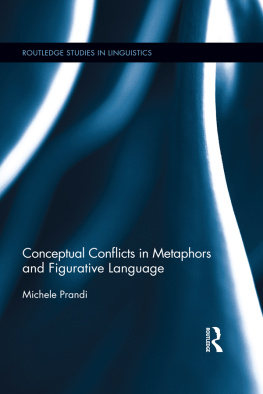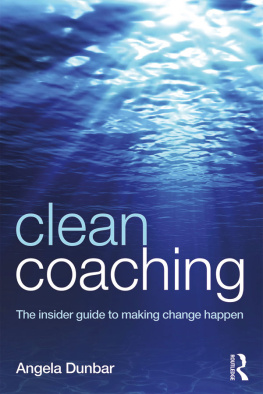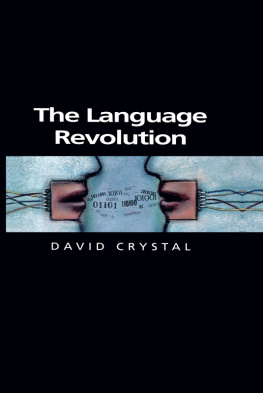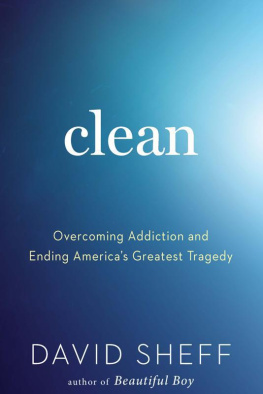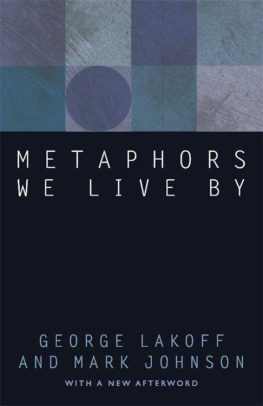Praise for Clean Language
And What Happens Next ? Forged from the brilliant and original ideas of David Grove, Wendy Sullivan and Judy Rees bring their own professional experiences to offer the reader thought provoking and invaluable information to challenge everyday beliefs, thoughts and decisions made in business and personal development.
Cei Davies Linn, Former wife and partner of David Grove
So, in the world of Clean theres going to be a change, a BIG change. A Clean Change! At the turn of the millennium, Penny and James with Metaphors in Mind led us to the font of Clean. Now, in 2008 Wendy Sullivan and Judy Rees have given us the cup to drink from it! This book is guaranteed to become THE place to start with Clean Language. I know that with this resource at hand, attendees at training courses and clients around the world will have at their fingertips the essentials to become effective and proficient in the theory and application of Clean Language. Starting out with the basics and through simple, easy to swallow activities the reader learns and experiences the nuances of this powerful technique. And as they continue to drink the depth and level of understanding consumed through the pages of this book, they will have learnt how to facilitate themselves and others in changing their lives. I would like to congratulate Wendy and Judy on a great piece of work! WELL DONE!
Matthew Hudson, Clean Language and Emergent Knowledge facilitator, former assistant to David Grove, www.powersofsix.com
Clean Language is one of the most fundamental and important tools available in NLP and coaching. This book stands out for the clarity of its explanations and makes Clean Language commonsense. This book is to be used as the communicators bible.
Toby McCartney, WestOne Training, Author of Mastering Memory
This book promises to transform the way we think about language and meaning. After reading Clean Language, the words and metaphor that seemed so throwaway yesterday become a vitally empowering tool for today, and tomorrow.
Psychologies Magazine
In their excellent book, Clean Language: Revealing Metaphors and Opening Minds , Wendy Sullivan and Judy Rees give an in-depth yet highly accessible route-map for understanding the metaphorical nature of human perception, and for developing powerful skills for working in the domain of personal metaphor.
While I expected the subject to be covered in masterful detail, what I didnt anticipate was such a cogent and useful introduction to the role metaphors play in perception. Wendy and Judy present this material in a way thats easy to grasp, and pull together understandings and realisations that you would otherwise have to piece together from diverse sources.
Of course, the core of the book is the application of the Clean Language questions. There are numerous exercises for developing intuitions about what to ask when, and for what purpose. If youve been wondering about what Clean is and how you can use it, or youve already got some skills in this powerful domain, Wendy and Judys book will provide you with new depths of insight, skill and effectiveness.
Jamie Smart, Licensed NLP Trainer, CEO of Salad
With this book, Clean Language comes of age. From the clear definition in , you are thoroughly hooked and ready to pay the attention required. Practitioners such as therapists, psychologists and coaches will glean a clear understanding of why asking people to create their own metaphors works better than leading them through guided visualisation scenarios, and how to do it. For business managers, the great learning will be that Clean Language proves invaluable during meetings with colleagues, staff, customers and the various interactions of every day life. An absolute must for anyone interested who needs to practise effective communication.
Carol Wilson, Creator with David Grove of www.cleancoaching.com
Towards the end of 2006 I decided to sample one of Wendy Sullivan and Judy Rees courses in Clean Language. Little did I know that this `taster would develop into a deep fascination, the start of a journey of learning that continues to unfold. Already I find I can use Clean in coaching and mentoring, in supporting student learning in Higher Education, and as a research tool.
Until now, there has been only one book about Clean Language, James Lawley and Penny Tompkins excellent Metaphors in Mind. It is impossible, though, for a single volume to meet the needs of everyone who would like to learn about this exciting field (think of how many introductions to NLP are on the market!) so it is great to see Wendy and Judy increase the published literature by 100% at a stroke.
What Wendy and Judy provide in this volume reflects all the best qualities of their courses; clarity, practicality, fun and integrity, all presented in a way that is accessible, logically structured and great value. Phew. And with all that, its something that should sell like what? Hot cakes, if you ask me.
Dr Paul Tosey, School of Management, University of Surrey
What a relief to be able to move on to something as well-written, as coherently organised, and as generally competent as Clean Language by Sullivan and Rees. I couldnt imagine a much more thorough-going contrast. Some purists may wonder why Ive reviewed books on Clean Language (see also Metaphors in Mind, Lawley and Tompkins). And the answer is, For the same reason that Ive reviewed books like Lakoff and Johnsons book Metaphors We Live By. That is, because whilst these books arent directly about NLP, they contain a great deal of information which it is useful for NLPers to know in order to enhance their NLP skills.
In the case of Clean Language (the book), the usefulness is particularly evident in - The Magic of Metaphor and Modelling Cleanly, respectively. It is certainly true that the ideas in this book are, as you might expect, to some extent out of sync with those of NLP. On the subject of modelling, for example, there is a clear intention in both approaches to keep the modellers ideas, values, opinions, etc. out of the way of the modellees processing. But whereas in NLP this is achieved (as far as possible) by collecting information at a subconscious level with no conscious evaluation of the model until the modelling process is complete, in clean languaging (if that is the right term) the whole process is conducted at a conscious level, but the facilitators thoughts are kept out of the developing model, as far as possible, by only feeding back to the modeller/modellee (they are the same person) their own words. Done correctly, the facilitator excludes from their feedback questions all interpretation or paraphrasing of the modellers words, hence the term clean language.
A further, and very important, aspect of this comparison is the difference between the two intended outcomes.
In NLP, the modeller is usually building a model to facilitate a transfer of skills between the modellee and one or more other people. In clean languaging the primary purpose, again if I have understood the process correctly, is to guide the modellee in their construction of an entirely personal metaphor from which they will gain information which will help them to better understand their own personality, behaviour, world-view, or whatever.
Obviously where there are differences in approach these can be largely attributed to the differences in the underlying intentions.
Back to this particular book, Ive been wondering if there is any way that the authors could have given it greater appeal to a diverse audience. And I dont really see how they could.
I found the writing clear without over-simplification; there are plenty of script fragments illustrating various points; and plenty of Activities so that readers can immediately practise and apply what they have been reading about.
There are also numerous cartoons, some of them little more than thumbnail sketches which reflect the words of a subheading and help (for the benefit of the more visually-inclined) to break up what might otherwise be an overwhelming flood of words. Others, such as the cartoon on page 148, clarify the meaning of the surrounding text in a way that will save some readers (including me) from having to read the text two or three time to be sure of getting the right message.
Next page
